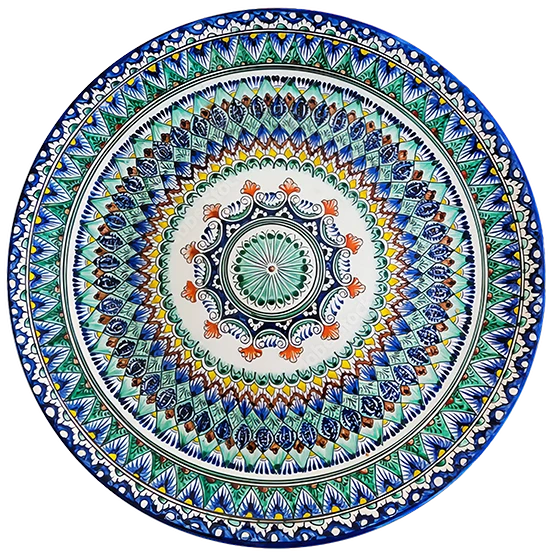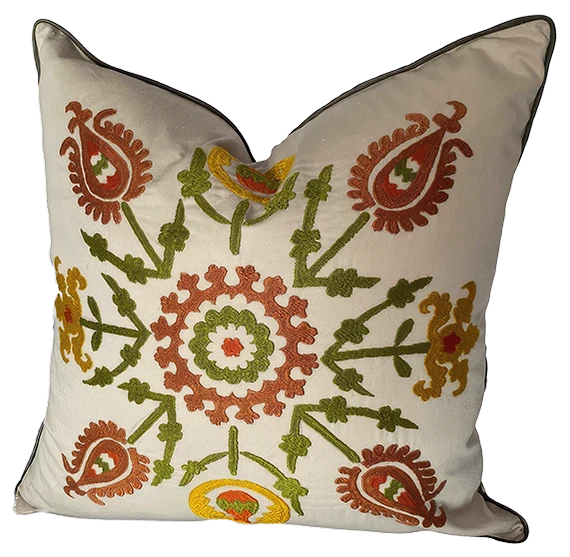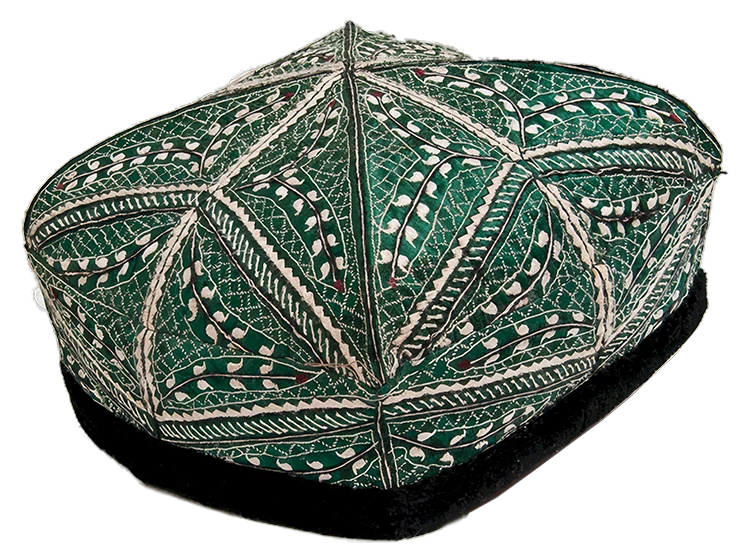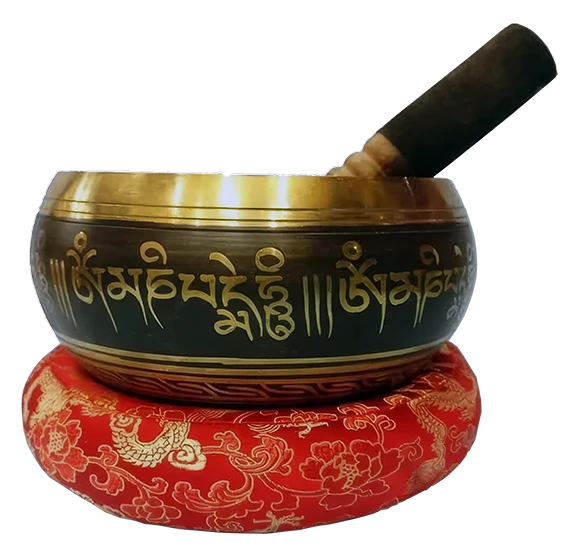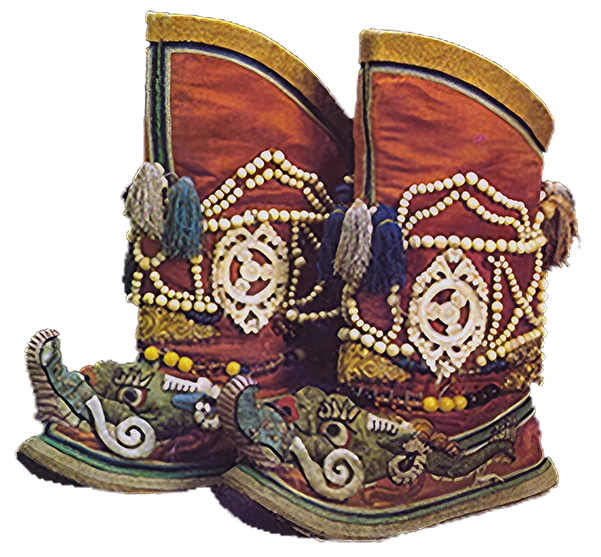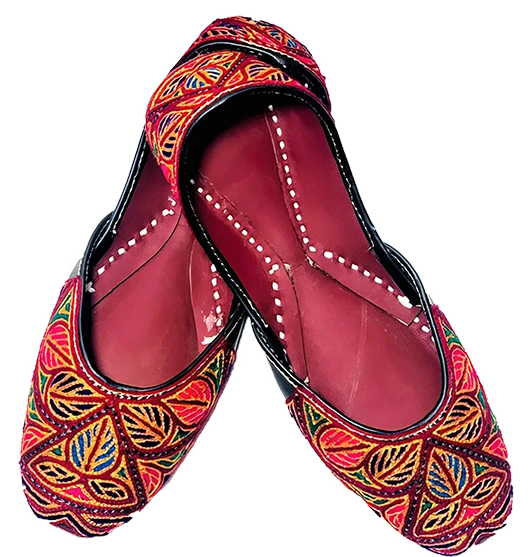
Basic information about Mongolia
Mongolia, situated between China and Russia, has a population of 3.4 million. Known for its nomadic culture and vast steppes, Mongolia’s economy is driven by mining, agriculture, and tourism, with significant contributions from copper and coal exports.
Basic Statistics for Mongolia
| Category | Data |
|---|---|
| Total Area | 1,564,116 sq km |
| Population (2023 est.) | 3,447,157 |
| Population Density | 2.2 per sq km |
| Capital City | Ulaanbaatar |
| Major Languages | Mongolian (official) |
| GDP (PPP) 2022 | $47.07 billion |
| GDP Per Capita (PPP) | $13,692 |
| GDP (Nominal) 2022 | $15.89 billion |
| GDP Per Capita (Nominal) | $4,615 |
| Gini Coefficient (2018) | 32.6 |
| Human Development Index (2022) | 0.737 |
| Currency | Mongolian Tögrög (MNT) |
| Time Zone | UTC +8 |
| Driving Side | Right |
| Calling Code | +976 |
| Internet TLD | .mn |
| Life Expectancy | 72.9 years |
| Literacy Rate | 99.2% |
Public Holidays in Mongolia
New Year’s Day: January 1
Tsagaan Sar (Lunar New Year): Date varies (Lunar calendar)
International Women's Day: March 8
Mother and Children’s Day: June 1
Naadam Festival: July 11-15
Independence Day: November 26
Republic Day: December 29
Geography
Mongolia is characterized by vast steppes, the Gobi Desert, and mountain ranges such as the Altai. It is a landlocked country bordered by Russia to the north and China to the south, with diverse landscapes that include forests, lakes, and grasslands.
Government and Political System
Mongolia is a parliamentary republic with a President as the head of state and a Prime Minister as the head of government. The country has a multi-party political system.
Economy Overview
Mongolia’s economy relies heavily on mining, agriculture, and tourism. Key exports include copper, coal, and livestock. The country is working on diversifying its economy and improving infrastructure.
Health and Safety
Travelers should have comprehensive travel insurance and be aware of healthcare facilities, especially in rural areas. Vaccinations for hepatitis A, typhoid, and other common diseases are recommended. Learn more about health and safety.
Education
Mongolia places a strong emphasis on education, with compulsory primary and secondary education. The country has several universities and higher education institutions that contribute to its educational landscape.
Environmental Concerns
Mongolia faces environmental challenges such as desertification, deforestation, and water pollution. Conservation efforts include reforestation projects and sustainable land management practices.
Cultural Etiquette and Norms
Mongolian culture is deeply rooted in nomadic traditions. Hospitality is highly valued, and guests are often offered food and drink upon entering a home. Visitors should dress modestly and respect local customs.
Sources:
Asian Development Bank (ADB)
World Bank
CIA World Factbook



